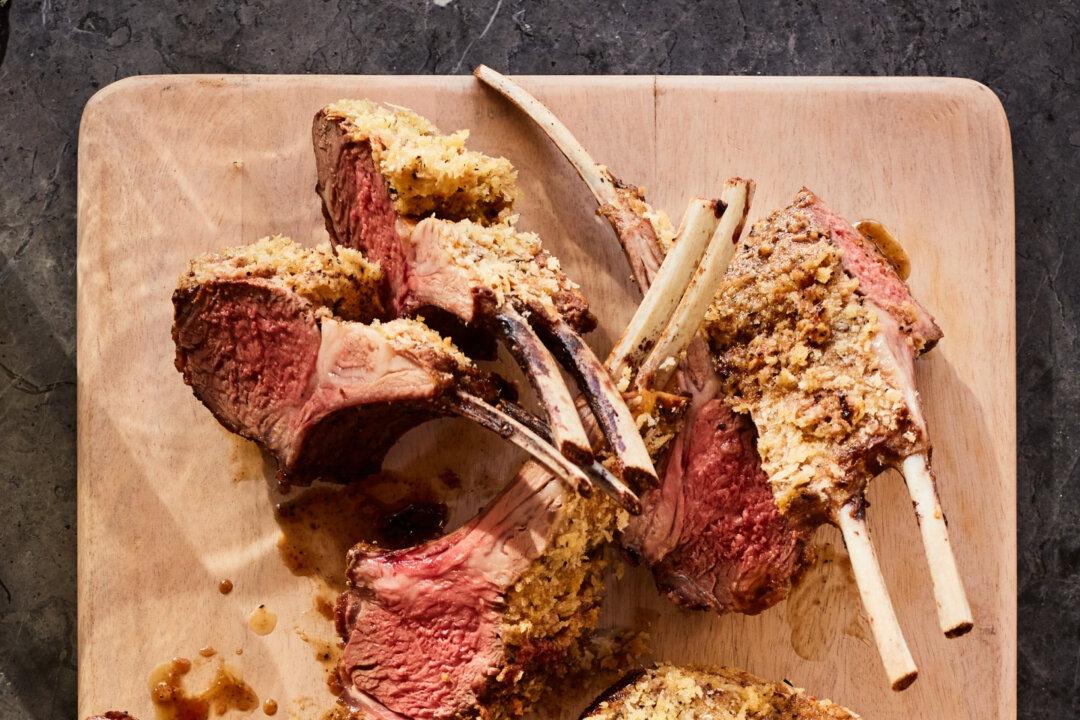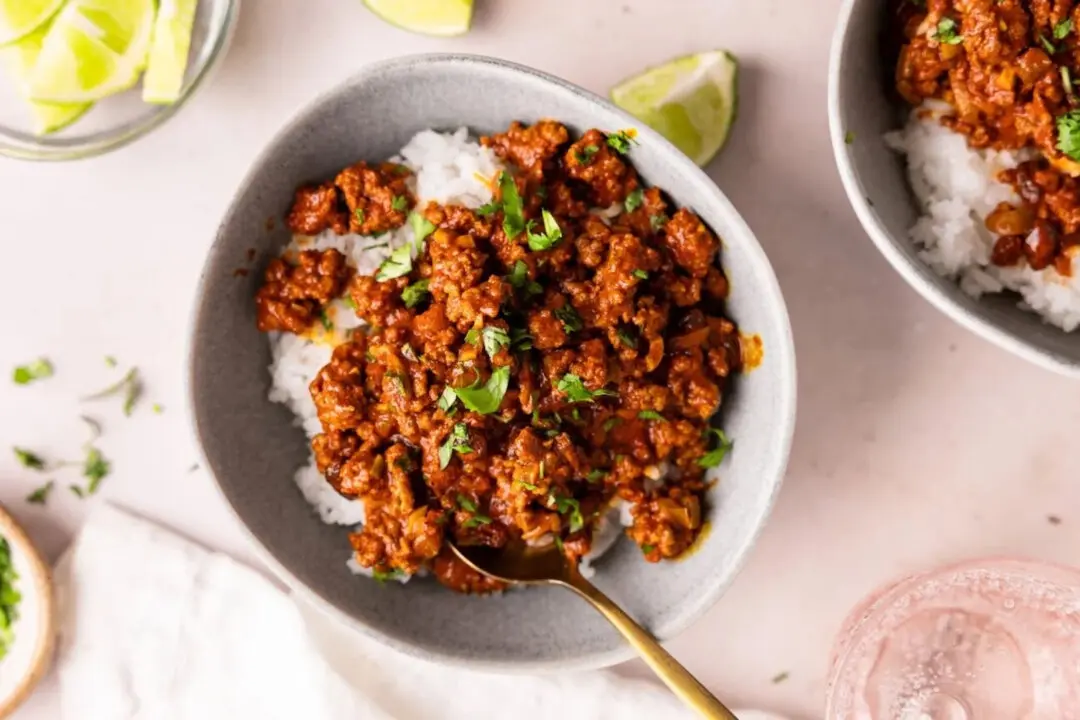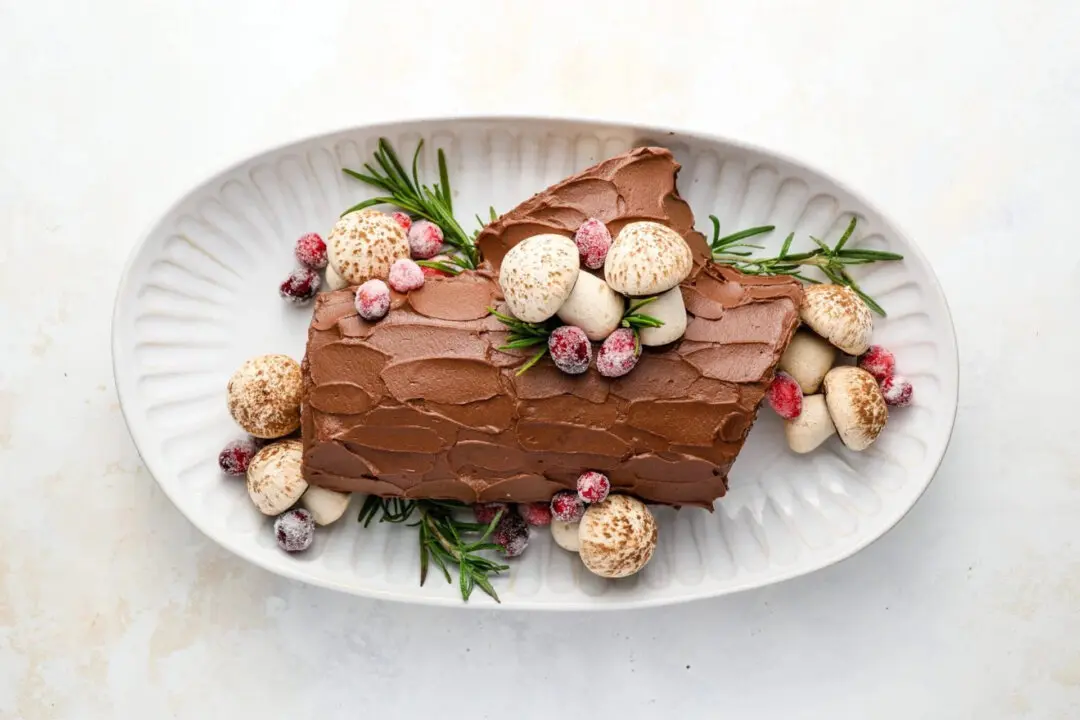Rack of lamb is often thought of as a special occasion dish because of the price, but it’s actually quite quick and easy to prepare. This classic French preparation is the way I learned to cook it over 20 years ago when I was an apprentice at L’Auberge Chez Francois, and it’s still my favorite method. You sear the racks in a blazing-hot pan, brush them with Dijon mustard, coat them with seasoned bread crumbs, and then finish cooking them in the oven. The meat turns out exceptionally flavorful, especially considering how simple the recipe is.
Rack of Lamb with Dijon & Panko Crust
Rack of lamb is special occasion-worthy but quick and easy enough to prepare any night of the week.

The meat turns out exceptionally flavorful, especially considering how simple the recipe is.
Jennifer is a classically trained chef, Cookbook author, and busy mom.
She became interested in cooking in college while studying abroad in France and living with a French family. She is a graduate of L’Academie de Cuisine. Visit OnceUponaChef.com.
Author’s Selected Articles




